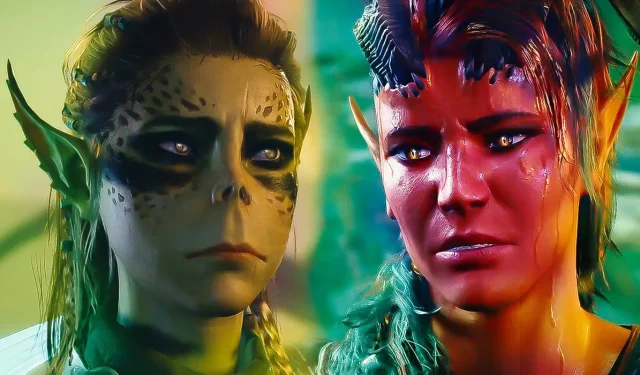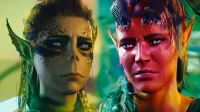When a potential sequel for Baldur’s Gate 3 emerges, one significant challenge will face the ensemble of party members. Upon its triumphant launch in 2023, Baldur’s Gate 3 established its characters as some of the most cherished figures in contemporary gaming. Be it the sarcastic charm of Astarion or the irresistible warmth of Karlach, each companion possesses unique traits that have resonated deeply with players.
However, while the game’s ten companions excel individually, a closer look at the group dynamics reveals a substantial concern: the limited species representation among them. In the context of Dungeons & Dragons lore, a character’s species—recently redefined from “race”in the 2024 rules update—plays a crucial role in shaping their capabilities, along with their chosen class. Despite D&D’s extensive diversity in species options, the companion roster in Baldur’s Gate 3 showcases a surprising lack of variety.
A Lack of Species Diversity Among Companions
An Overabundance of Humans and Elves
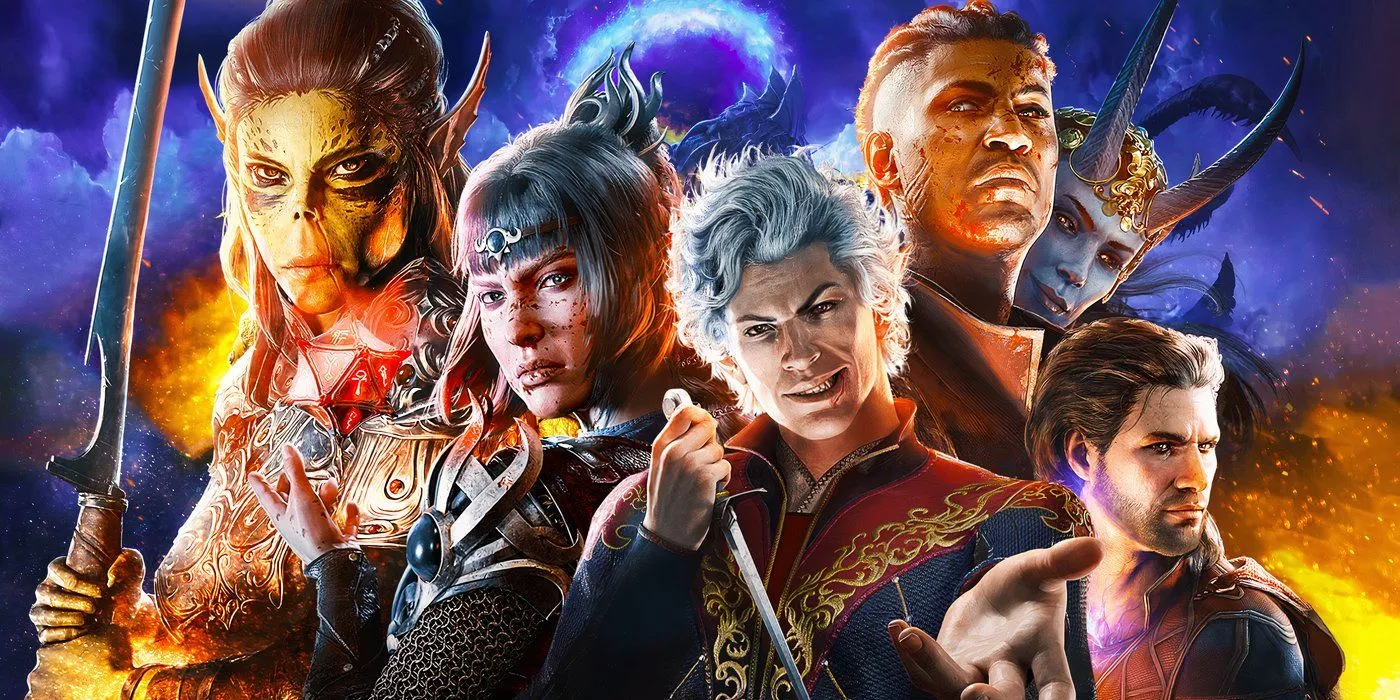
In Baldur’s Gate 3, players can encounter ten companions for recruitment and possibly romance; however, a mere two of these characters—Lae’zel, the githyanki, and Karlach, the tiefling—are not variants of humans or elves. Although there is some differentiation even within the same species—for instance, Minthara is a drow who hails from the dark depths of the Underdark, and Astarion serves as a vampire high elf—the predominance remains: eight out of the ten companions belong to one of just three species.
|
Companion |
Species |
|---|---|
|
Astarion |
High Elf |
|
Gale |
Human |
|
Lae’zel |
Githyanki |
|
Shadowheart |
High Half-Elf |
|
Wyll |
Human |
|
Karlach |
Tiefling |
|
Halsin |
Wood Elf |
|
Minthara |
Drow (Dark Elf) |
|
Jaheira |
High Half-Elf |
|
Minsc |
Human |
While character creation in Baldur’s Gate 3 allows players to select from eleven species—human, elf, drow, half-elf, dwarf, halfling, gnome, half-orc, tiefling, dragonborn, and githyanki—it’s clear that the main party lacks broad representation. Significantly, species such as dwarves and halflings are entirely absent from the primary lineup, despite their traditional presence in D&D adventures.
Why The Party Lacks Essential Variety
Possible Technical Constraints
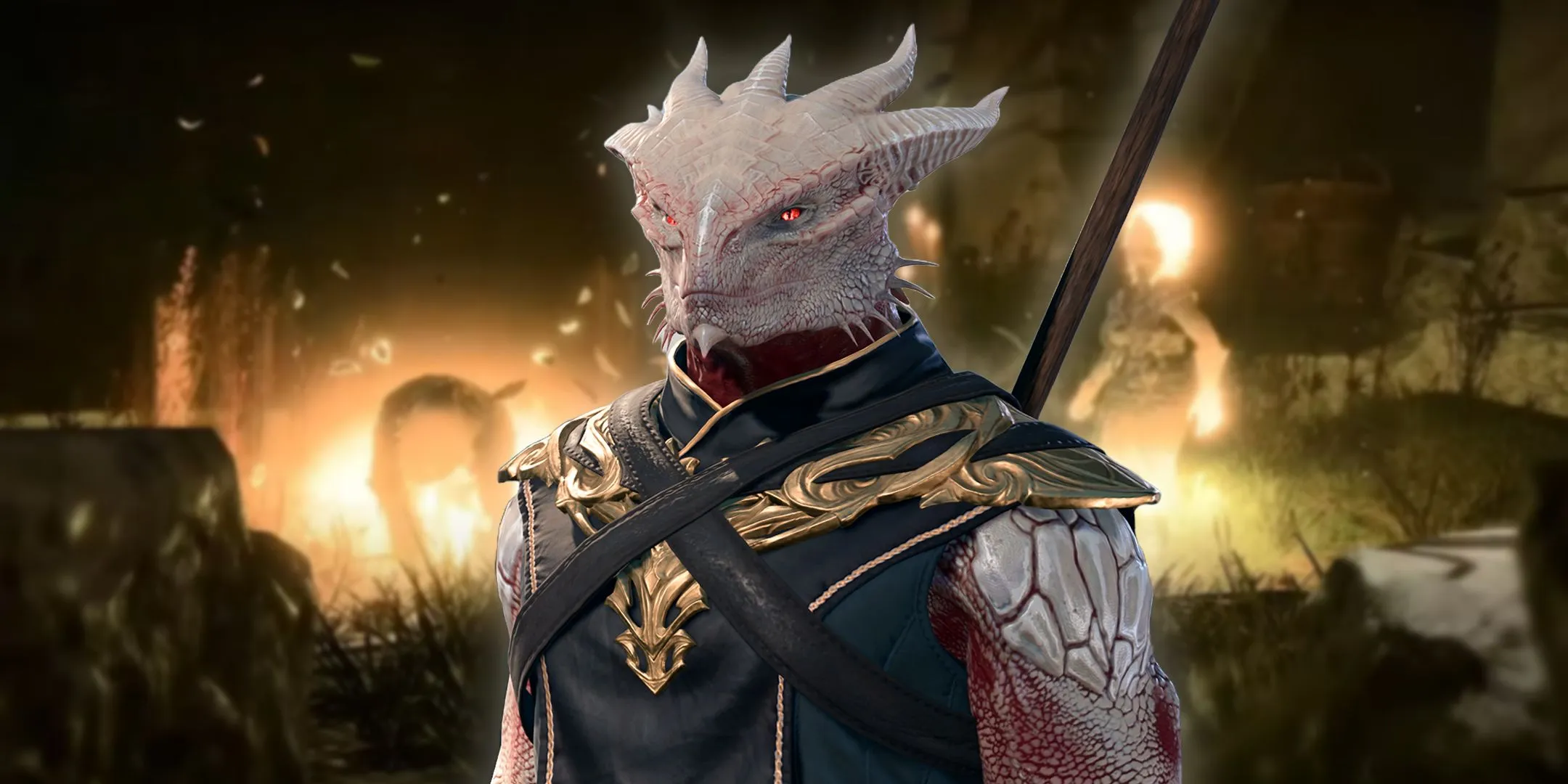
It’s improbable that Larian Studios purposely disregarded the multitude of species available in D&D during the development of Baldur’s Gate 3. More likely, technical limitations impeded the integration of certain species in a way that would resonate with the core gameplay experience. Adapting nuanced performances from motion-captured actors for characters with distinct anatomical features, such as dragonborn, presents significant logistical challenges. Given the game’s extensive dialogue for companions, implementing these variations might have appeared overwhelming.
Nonetheless, Larian has demonstrated capability with a wide range of NPCs throughout the game. Characters like enemies, shopkeepers, quest givers, and random citizens represent the extensive spectrum of species present in the larger world of Faerûn. This vibrant diversity serves to accentuate the homogeneity of the main playable characters, making the lack of variety even starker.
Moreover, while players can recruit hirelings from various species, these characters lack the rich personal narratives that companions provide. This absence can lead players to feel that they are missing out on compelling storylines and experiences. For instance, the deep gnome Barcus Wroot’s frequent presence in the camp makes him feel like a part of the team, highlighting a missed opportunity if the game were to incorporate the Artificer class from D&D.
The Missed Opportunity of Species Diversity
The Joy of Character Diversity and Combinations

The character creation process is a cornerstone of the Dungeons & Dragons experience, and this is mirrored in Baldur’s Gate 3 as well. Players have immersed themselves in the character creator for years (as noted by Larian Studios on X). With eleven species and twelve classes available—alongside numerous sub-races and subclasses—the possibilities for character combination are extensive.
However, by crafting a party focused predominantly on humans and elves, Baldur’s Gate 3 limits players from experiencing most of these combinations in their adventures. While Astarion’s class can be altered, he remains a high elf, restricting player creativity in their party dynamics, especially given that all high elf companions share identical starting abilities, such as the Fire Bolt cantrip.
The consequences of this species limitation extend beyond gameplay mechanics to storytelling potential. For instance, Lae’zel’s narrative is intricately tied to her githyanki heritage. By neglecting the inclusion of species like dwarves or half-orcs, Baldur’s Gate 3 forgoes intriguing stories that could enrich the overall narrative. Although the game presents a complex, choice-driven storyline, it fails to authentically represent the diverse world in which it is set.
Anticipating Diversity in Baldur’s Gate 4
Evolving D&D Rules Influence Future Sequel
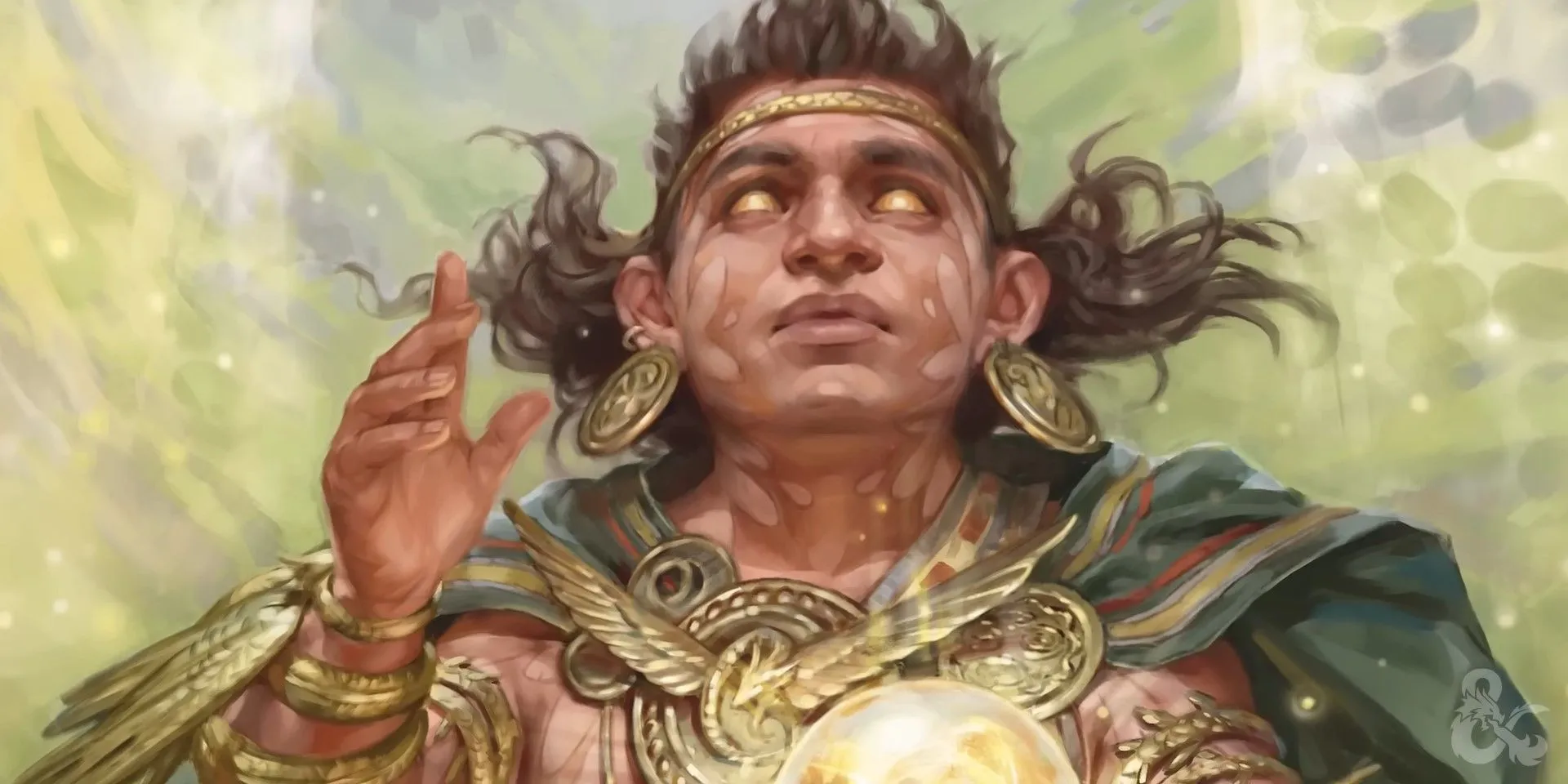

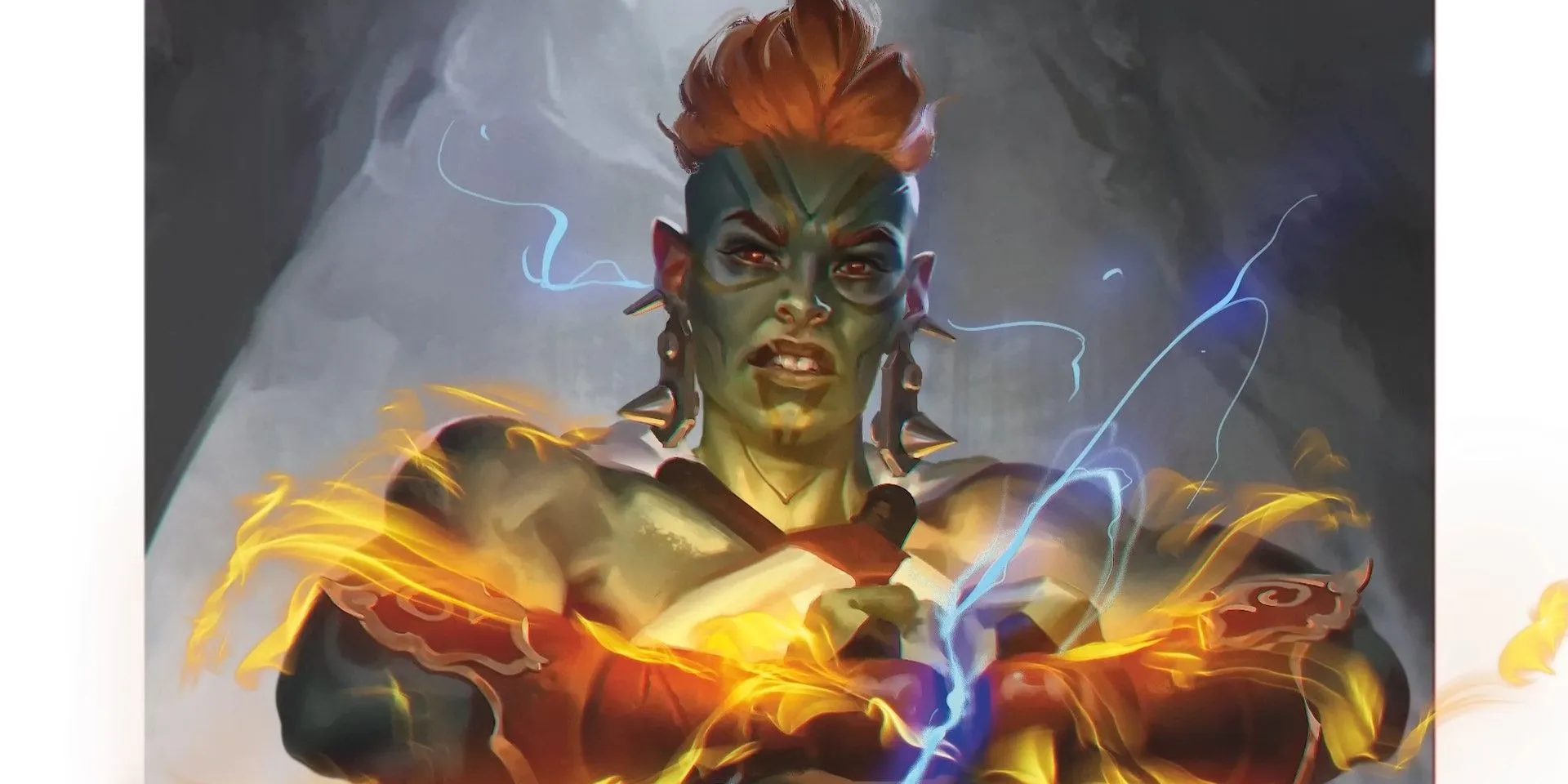

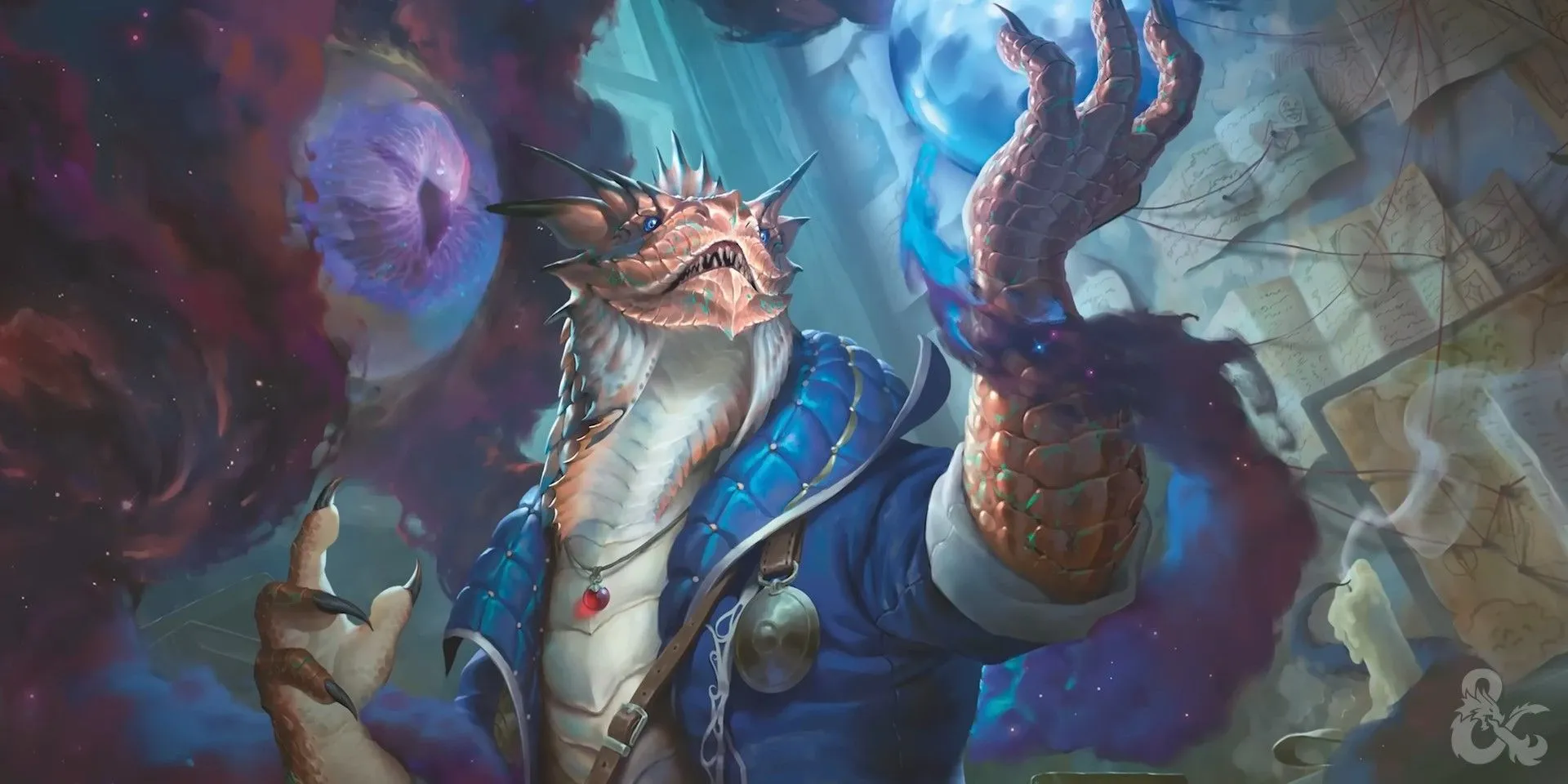
While the fifth edition of Dungeons & Dragons garnered immense popularity over years, it has now evolved with the introduction of the revised Player’s Handbook and Dungeon Master’s Guide in 2024. Although Baldur’s Gate 3 was developed based on the original fifth edition rules, the sequel is expected to incorporate these new guidelines.
This new rule set introduces character creation options that include several previously unavailable species, such as goliaths, orcs, and aasimars. Given that Baldur’s Gate 3 primarily adhered to the earlier guidelines, future content could potentially adopt these revamped rules, consequently offering players a wider array of character-building choices while emphasizing the need for diverse playable characters.
Larian Studios has indicated that it will not be developing Baldur’s Gate 4, suggesting that another developer will need to take on this sequel project.
In typical D&D adventures, the group of adventurers reflects the varied personalities of the players involved; however, Baldur’s Gate 3 does not provide this flexibility. As D&D evolves, so too must the games it inspires. While Baldur’s Gate 3 is undoubtedly a remarkable title, there remains substantial opportunity for growth and diversity in any forthcoming sequels.
Source: Larian Studios/X
